If you’ve ever found yourself enviously looking at ladies at the gym who appear to effortlessly rock those flawlessly toned and shapely glutes, you’re not alone. The appeal of well-defined and raised buttocks is a fitness objective that has captured the dreams of many people.
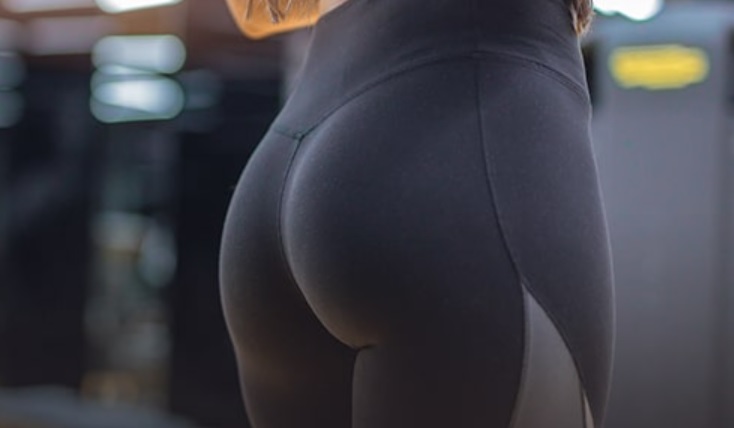
- First and foremost, it’s critical to recognize that making observable improvements in glute growth is not a one-size-fits-all endeavor.
- Individuals may have different beginning points and genetic predispositions when it comes to their glute muscles.
- What works for one, may not for another. However, some universal concepts and practices may help anyone achieve bigger glutes.
- “How often should you train your glutes?” is one of the most often requested glute development queries.
- The surprise response is that some ladies who have achieved major improvements in glute growth swear by glute exercise every day.
- At first look, this may appear extravagant, bordering on ludicrous. But, before you disregard this idea, consider the reasoning behind it.
- These committed folks do not take everyday glute exercise lightly. They have instead developed a methodical and sensible approach to their training.
- Rather than tiring themselves with intensive glute exercises every day, they deliberately disperse their training throughout the week. For example, they set aside particular days, such as Monday, Wednesday, and Friday, for more formal events.
- These workouts effectively and efficiently target the glutes, ensuring that the muscles are pushed to their full potential.
- The rest of the week is devoted to less difficult but equally important exercises like banded and isolated motions.
- This method not only exercises the glutes but also fosters a stronger mind-muscle connection, which is essential for successful muscular growth.
- The most important aspect to comprehend is that glute training is more than just lifting large weights.
- While the gluteus maximus, the biggest muscle in the human body, has significant strength, pushing it to its limits is not always necessary or appropriate.
- The reason for this is due to the complex network of supporting muscles that are activated during glute workouts. These supporting muscles can easily overpower the glutes, resulting in insufficient exercise.
- So, it’s critical to choose a weight that allows you to fully engage and stretch your glutes with each repetition. Instead of just raising the weight, concentrate on completely tightening and activating your glutes, making them the major drivers of the movement.
Frequency Matters
- Exercises like lateral step-ups, which shift your weight onto the working leg while keeping the opposing leg straight, can help stimulate the gluteus medius.
- This simple yet effective exercise may significantly improve the efficacy of your glute training.
- Another important aspect of efficient glute exercise is proper form. For example, when executing sumo deadlifts, it’s usual for people to maintain an abnormally upright posture, which might reduce the exercise’s efficacy.
- A band placed around your hips, even if it’s not physically attached, can help you remedy this. The mental signal of the band dragging you backward can aid in appropriate driving forward, ensuring that your glutes are the major muscles engaged during the activity.
- Those who train their glutes regularly do it consciously, rather than tiring themselves with severe glute workouts every day. They realize the need to spread out their training throughout the week to allow for appropriate recuperation and variety in their sessions.
- Sumo deadlifts, barbell hip thrusts, and even quarter repetitions on the leg press machine are examples of exercises. These workouts are designed to work the glutes to their limits, thereby boosting muscular development.
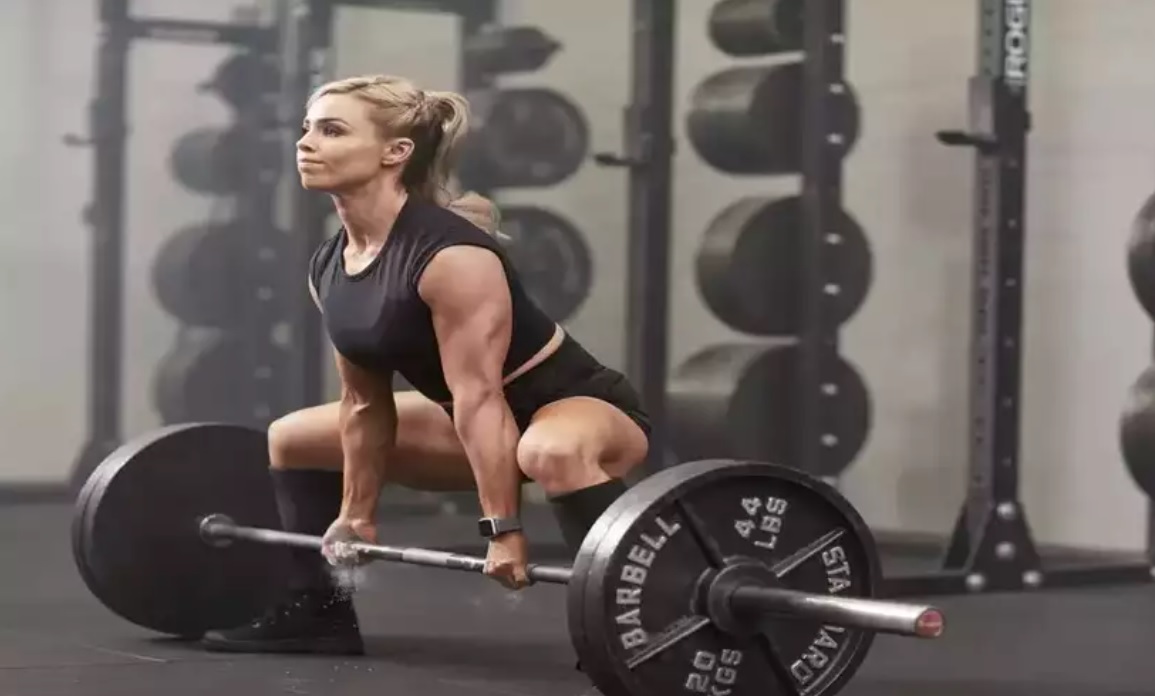
- Incorporate banded and isolated exercises throughout the other training days instead of pounding away at the same hard workouts every day. These workouts are gentler on the muscles.
- They accomplish two key goals by alternating between strong compound motions and gentler, more targeted workouts.
- For starters, they help to avoid overtraining, which is a major danger in any fitness journey. Overtraining can cause damage and impede development.
- Second, they allow their glutes enough time to heal and adapt to the impact of the intensive workouts.
- The daily approach to glute training may appear strenuous, but it’s critical to recognize that it’s not about pushing yourself to the point of fatigue every day. Instead, it is a well-planned and balanced regimen that maximizes the potential for growth while minimizing the danger of burnout and damage.
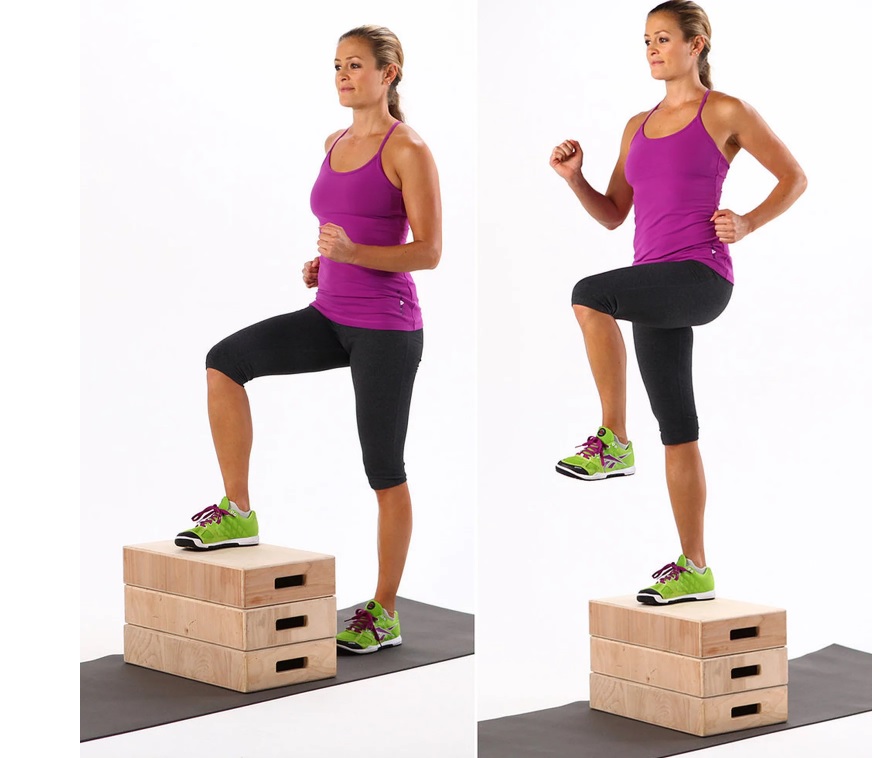
Quality Over Quantity
The notion of quality over quantity extends well beyond the area of strength training. It conveys the concept that concentrating on the efficacy and accuracy of your activities may frequently have more important consequences than merely striving for more quantity or intensity. This idea is especially important in fitness and exercise since it emphasizes the necessity of appropriate form and muscular activation.
- The gluteus maximus, one of the most powerful muscles in the body, is essential in many functional actions such as walking, running, and squatting.
- The propensity to focus entirely on lifting high weights, frequently at the expense of appropriate form and muscle activation, is a typical problem in strength training.
- To get the most out of strength training, choose quality above quantity. This requires choosing weights that allow for conscious gluteal activation and flexion throughout the workout. It is all about developing a mind-muscle link in which you are highly aware.
- This degree of focus guarantees that the gluteus maximus is used to its maximum ability, resulting in greater performance and a lower chance of injury.
- Furthermore, emphasizing quality over quantity in strength training promotes a more in-depth awareness of one’s own body and its mechanics.
- It encourages people to listen to their bodies, make necessary adjustments to their form, and advance at their speed.
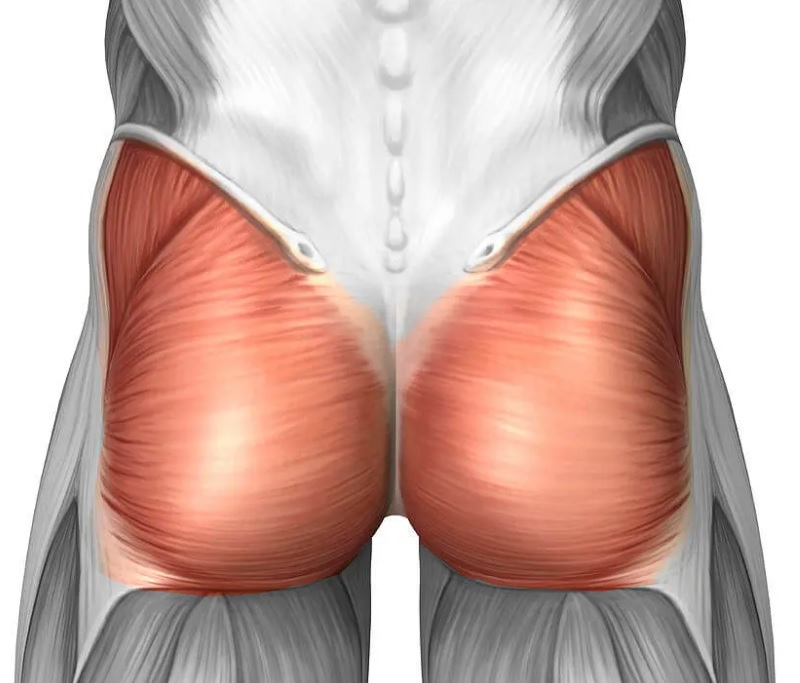
Focus on Glute Activation
- The gluteus medius is an underestimated muscle that sits on the outside of the pelvis and performs a variety of important activities.
- One of its key functions is to stabilize the pelvis during activities, especially those involving single-leg support, such as walking, jogging, and, yes, squats.
- When the gluteus medius is weak or fails to engage appropriately, it might set off a chain reaction of events.
- One of the most noticeable results of a weak gluteus medius is knee collapse during squatting workouts.
- Consider this scenario: you’re in the middle of a squat, and your knees begin to collapse inward as you lower your torso. This inward collapse of the knees not only jeopardizes the exercise’s integrity but also places unnecessary strain on the knees.
- This can lead to persistent discomfort, decreased stability, and an increased risk of injury over time.
- This problem frequently occurs when the gluteus medius fails to provide essential lateral pelvic stabilization. Instead of maintaining the pelvis level and stability, it permits it to tilt, resulting in knee inward rotation. As a result, the squatting pattern becomes inefficient and perhaps dangerous, detracting from the overall efficacy of the exercise.
- Glute activation exercises, such as lateral step-ups, can help to alleviate these worries and guarantee that your glute-focused training sessions are both safe and productive. These workouts especially target and encourage gluteus medius activity.
- Lateral step-ups are performed by stepping laterally onto a raised platform or bench with one leg while keeping the other leg dangling in the air. The key to optimal glute activation during this exercise is to keep your weight on the working leg and your balance throughout the action. This exerts a significant strain on the gluteus medius to maintain and regulate the pelvis.
- To guarantee that the gluteus medius is engaged, regulate both the climb and descent stages of the exercise.
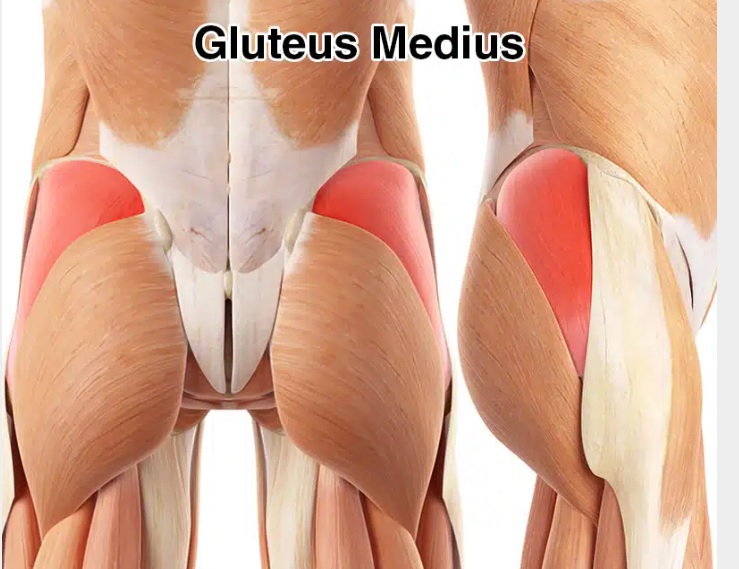
Perfect Your Form
The foundation of any effective glute training plan is proper form. Regardless of the activity, keeping proper posture and stance is critical to maximizing glute muscle engagement and avoiding injury.
- The sumo deadlift is an effective glute development exercise, but it can be difficult to perform correctly.
- One typical mistake is standing too erect during the raise. This error is frequently caused by an overemphasis on raising the weight rather than driving the movement with the glutes. Standing too erect reduces gluteal involvement and places additional stress on the lower back, which can lead to discomfort and injury over time.
- To solve this issue and guarantee appropriate form during sumo deadlifts, visualizing a band around your hips might be beneficial.
- While you may not be able to physically tie a band to your hips, imagining its existence can assist you in making the appropriate modifications.
- By using this mental technique, you will not only increase the activation of your glute muscles, but you will also reduce the tension in your lower back.
- It also assists you in maintaining balance and control during the lift, lowering your risk of injury and boosting overall performance.
- In glute training, proper form is not an option; it is required. Neglecting form might result in subpar outcomes and injuries that can derail your fitness plan.
Learn from the Best
Seeking counsel and motivation from others who have previously made significant progress may be quite beneficial when commencing on a path to reach your glute objectives. Rather than reinventing the wheel or going through endless trial and error, turning to ladies at your gym who have successfully altered their glutes may provide you with practical ideas, motivation, and a path to success.
Here are some of the reasons why learning from individuals who have reached their glute objectives might be beneficial to your fitness journey:
- Women who have previously developed their glutes have important direct experience. They have put in the time, effort, and passion to improve their bodies, and the results are visible. Learning from their experiences can assist you in determining which tactics, workouts, and routines work best for you.
- Seeing the transformations of others may be a strong incentive. It reminds you that your objectives are feasible and that you, too, can achieve them with perseverance and commitment.
- Based on their experiences, fitness role models can provide useful guidance. They may offer suggestions for beneficial workouts, advice on nutrition and recuperation, and their perspectives on overcoming obstacles and plateaus.
- Start by connecting with ladies at your gym who have noticeably improved their glutes if you want to make use of this invaluable resource. Respectfully approach them and ask about their fitness progress. Most people who have accomplished their aims effectively are more than happy to share their expertise and experiences.
- Additionally, think about joining social media forums or organizations dedicated to fitness where you may meet other ladies who share your objectives. These online forums may be great places to get support, motivation, and guidance.
Frequently Asked Questions (FAQs):
Why is gluteal training important?
Having strong glutes helps with stability and posture, which lowers the chance of lower back discomfort and injuries. Additionally, strong glutes can increase speed, power, and athleticism along with improving the overall contour of the lower body
What are some efficient glute-training exercises?
Squats, deadlifts, lunges, Bulgarian split squats, hip thrusts, glute bridges, and leg presses are all good glute workouts. These exercises may be modified based on your level of fitness and the availability of equipment to target various gluteal muscles.
How frequently ought I to work my glutes?
Your fitness objectives and ability for recuperation will determine how frequently you perform glute exercises.
Can I work on my glutes without any equipment at home?
Squats, lunges, glute bridges, and donkey kicks are all excellent bodyweight workouts. Barbells and dumbbells are two examples of gym equipment that can offer extra possibilities for more difficult training.
How long does it take for glute development to become apparent?
It is based on variables including heredity, food, level of exercise, and consistency. In general, you may anticipate seeing improvement after a few weeks of constant exercise and a healthy diet, but more major changes may need many months of consistent work.









